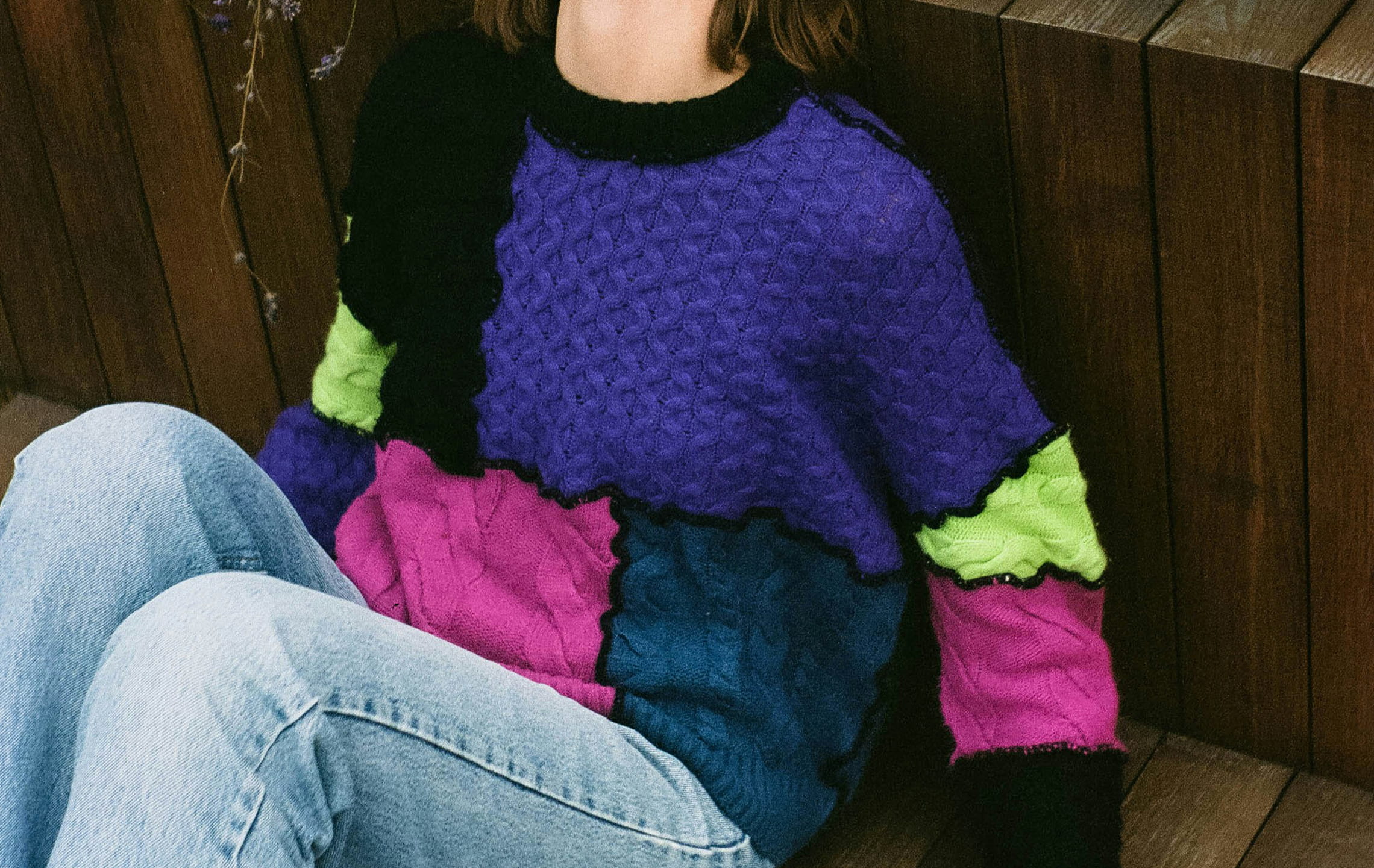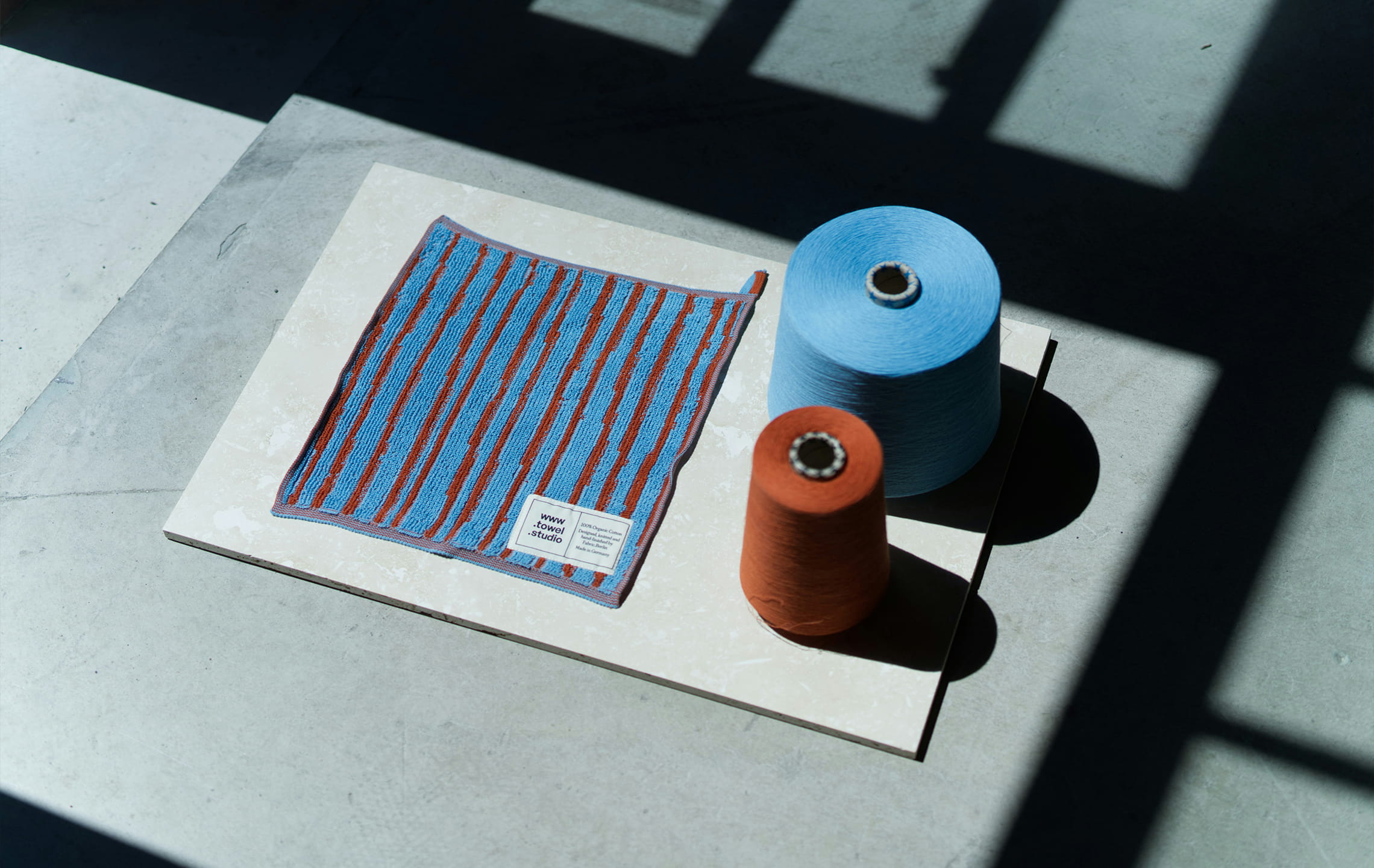What are knitted fabric?
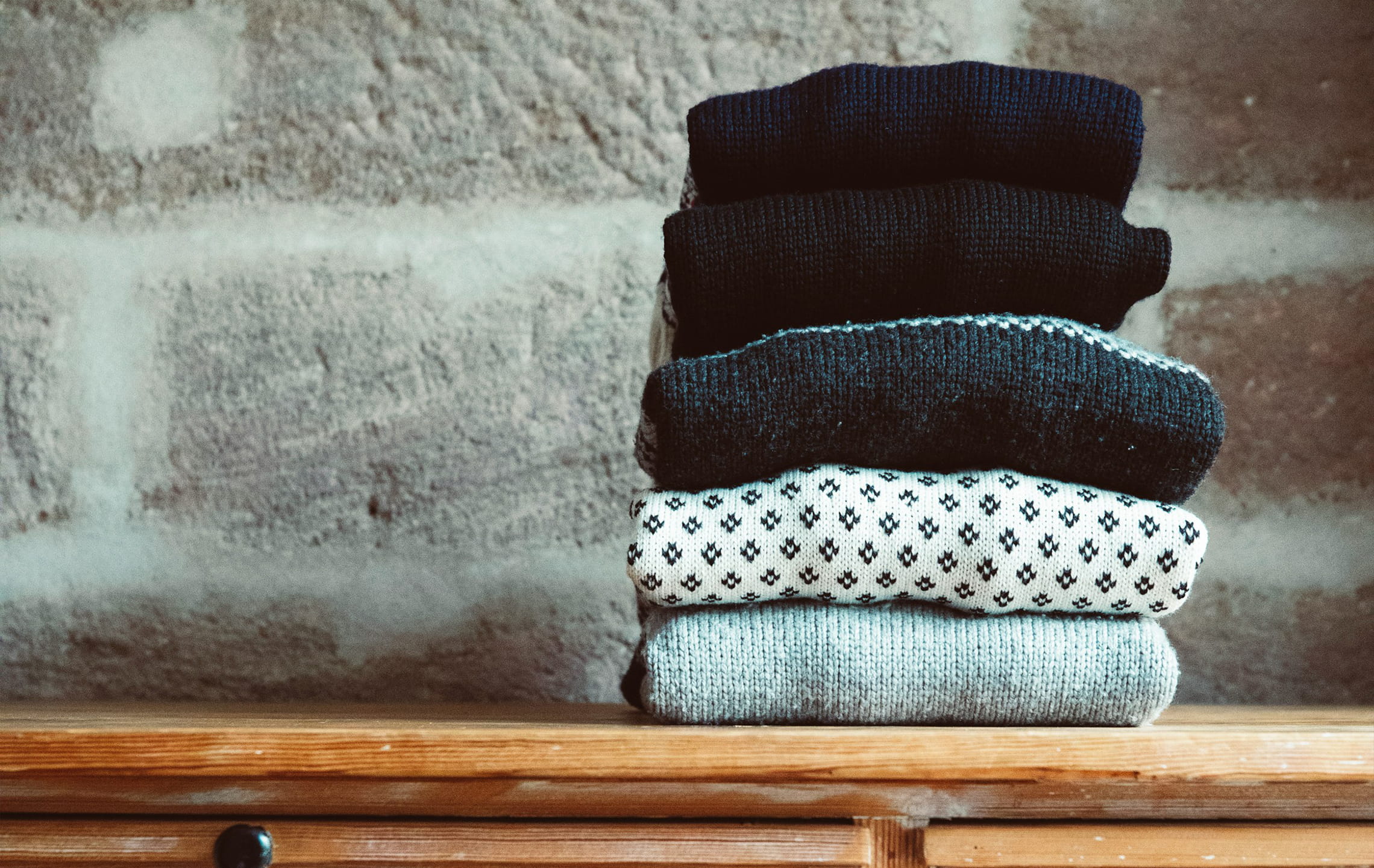
There are three types of fabric i.e. woven fabric, knitted fabric and nonwoven fabric. Knitted fabric is produced by knitting process. There are two types of knitted fabrics: weft-knitted and warp-knitted. Fashion designers love knit fabric for its comfort, texture, wrinkle resistance, and elasticity. It is easy to sew with the right machine and stitching technique.
Dimensional properties of knitted fabric or factors influencing knitted fabric quality:
The factors on which the quality of knitted fabrics depends on:
Courses per cm
Wales per cm
Stitch density per cm²
Shape factor (Wale spacing : Course spacing)
Stitch density
Tightness factor K = √(tex/l)
Area density
Kc (Constant) = Courses per cm × Stitch length in mm
Kw (Constant) = Wales per cm × Stitch length in mm
Ks (Constant) = Loops per area × Stitch length squared in mm²
Loop shape factor= Kc × Kw
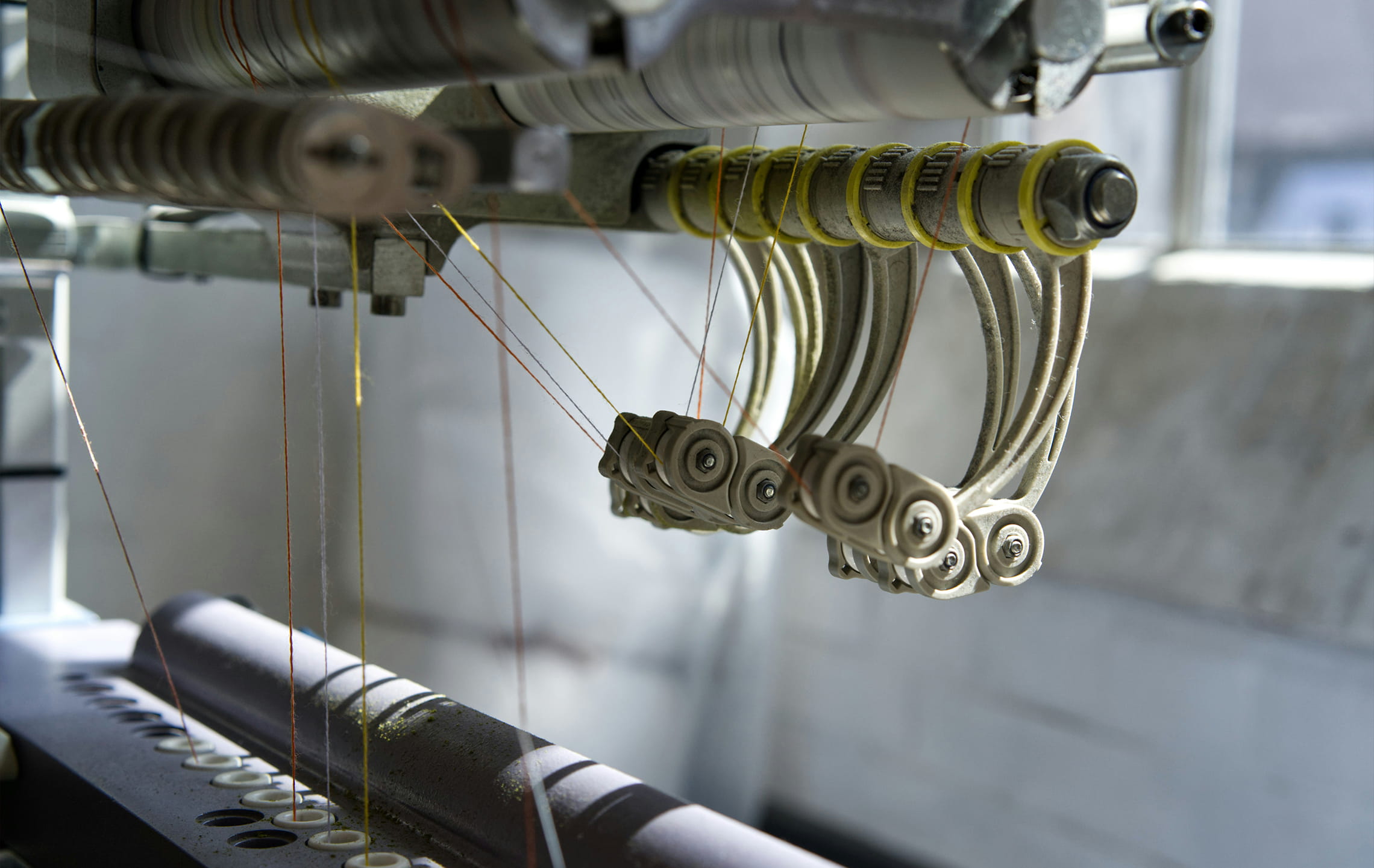
Factors influencing knitted fabric quality:
Fabric quality (knitted fabric) depends on the following factors as stated below:
(a) Yarn variables:
The yarn variables which influence knitted fabrics quality are:
Yarn strength
Yarn count
Yarn type
Yarn evenness
Yarn twist
Yarn extensibility
Yarn rigidness
Yarn finishing treatment.
(b) Machine variables:
The machine variables which affect knitted fabric quality are:
Machine gauge
Machine speed
Needle gaiting
Needle Timing
Cam design or cam arrangement
Needle arrangement
Knitting elements
Take down arrangement
(c) Knitting variables:
The knitting variables are:
Input tension
Positive feed
(d) Fabric variables:
The fabric variables are:
Fabric design
Fabric structure
Fabric end use.
Dependence of fabric properties on fibre and yarn characteristics:
Fiber fineness
Staple length
Cross sectional shape
Specific gravity
Flexural rigidity
Torsional rigidity
Load-extension relationship
Strength
Elastic recovery
Resistance to abrasion
Friction
State of knitted fabric:
Some states of knitted fabrics are mentioned below:
1. Off machine state: This is the state of knitted fabric in which it is obtained just after production from knitting machine.
2. Dry relaxed state: The state of knitted fabric which is obtained after keeping it at 27°c ± 2°c temperature for 24-72 hours.
3. Fully relaxed state: The state of knitted fabric which is obtained after washing it with detergent and then drying and keeping in standard atmosphere.
4. Finished state: The state of knitted fabric which is obtained after dyeing and finishing.
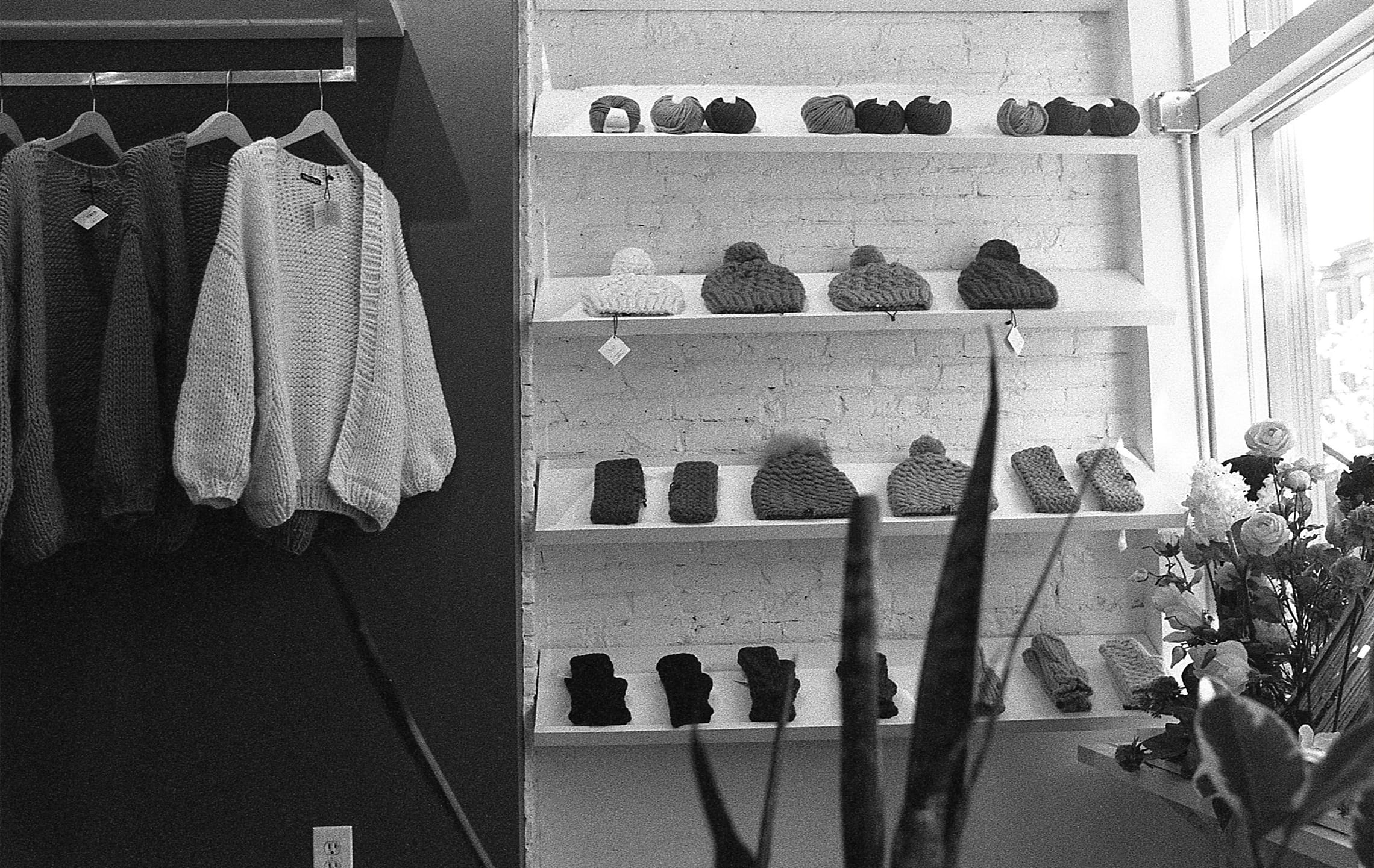
Knitted fabric quality is influenced by a wide range of factors, including yarn properties, machine settings, knitting variables, and fabric design. Each stage of production, from yarn selection to finishing processes, plays a critical role in determining the final product’s comfort, texture, elasticity, and durability. Key parameters such as stitch density, loop shape factors, and dimensional properties like courses and wales per cm directly impact the structural and functional characteristics of the fabric. Additionally, the state of the fabric—whether off-machine, dry-relaxed, fully-relaxed, or finished—affects its performance and appearance.
By carefully managing yarn variables (e.g., strength, evenness, and twist), machine variables (e.g., gauge and needle arrangement), and knitting conditions (e.g., tension and feed), manufacturers can optimize fabric quality for specific applications.
Understanding the dependence of fabric properties on fiber and yarn characteristics further enhances the ability to produce high-quality knitted fabrics tailored to end-use requirements. Ultimately, attention to detail at each stage ensures that knitted fabrics meet the desired standards of comfort, functionality, and aesthetic appeal.

 English
English Deutsch
Deutsch Français
Français Italiano
Italiano Español
Español Русский
Русский Polski
Polski Nederlands
Nederlands Svenska
Svenska